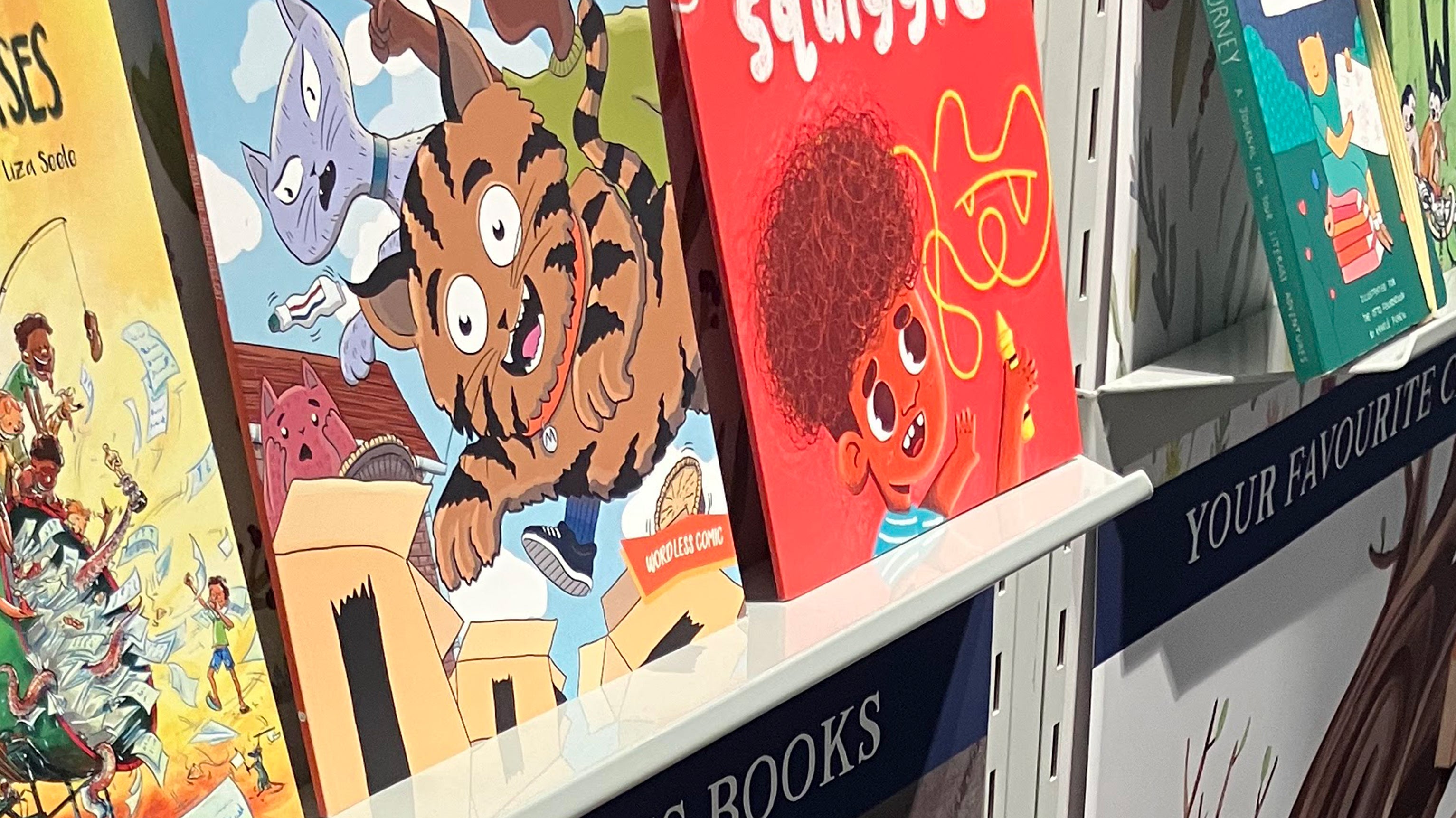"Why did the chicken cross the road?"
"It doesn't matter. It was naughty and should have waited to cross with an adult."
Eeeeeugh! Please, no more didacticism.
Didactic literature has been with us for thousands of years. Before writing developed, much of the oral tradition later transcribed was didactic in nature. The didactic children’s story was very dominant up to the latter half of the nineteenth century. And then along came an author with the nom de plume of Lewis Carroll and his delightful work, Alice’s Adventures in Wonderland. With the stroke of a pen, children's stories entered the world of the imagnary (sic) with no obvious moral teaching. This began a new era in storytelling, where amusement was the aim, not teaching.

In it’s purest form didactic writing presents as a textbook. The reader is under no illusion as to the purpose of the book and the reason they are reading it. In this and slightly more subtle contexts such as narrative based self-help books, didactic writing serves a very important function. But when a book is touted as entertainment, yet has the primary purpose of imparting an author's message, the reader is easily put off. Here, instruction takes over from entertainment.
However, it is not always quite as black and white as this. A book such as Lord of the Flies by William Golding is an excellent read, which conveys a social message. Literature operates in the grey a lot of the time, but it is knowing the guidelines and how to break them, or when, that develops a strong author.
Didactic writing vs. non-didactic writing
| Didactic (instructive) | Non-didactic (imaginative) |
|
Teaches or attempts to teach a lesson. |
Entertaining and imaginative. |
|
The story (aesthetic function) is secondary to the lesson (disciplinary function). |
Story first. Entertainment first. Teaching usually by inference. |
|
Aesop's The Boy Who Cried Wolf John Bunyan's A Pilgrim's Progress |
Andy Woodage's The After-Time Chronicles: One Small Spark Subi Bosa's Miyayu: The Mischievous Cat |
Step aside didacticism! Tell us a story!
Our focus at Imagnary House is on the kinds of stories that children and young adults enjoy. More so than older audiences, children are very quick to pick up when they are being preached to. That's why we would like books to put the story front and centre, to facilitate the development of imagination.
We know that formal education begins at a young age. Classroom instruction and homework take up much of a child’s life. When they do have a chance to relax, we would like them to be able to be transported into a world where their imagination takes over and they are able to put reality on hold (if only just a little while).
Authors of children's books can quite easily submit to the temptation to convey a message. After all, adults always want to teach children. But writing a children’s book is more complex than most realise. As adults, we departed childhood a long time ago. How do children think? What do they enjoy? How often do you engage a child simply for them to be engaged, rather than for them to learn a lesson? These are the questions to consider while writing.
Imagnary House loves to receive submissions where the development of character and plot hook the reader. Strong characters first, and then a strong plot. These are your building blocks above theme or message. If you are thinking of writing a story, especially to submit to us, it might be helpful to keep the following in mind to avoid didacticism:
- Examine your motives. Are you writing to entertain rather than instruct?
- Character and plot are the essence of a good story. Use these to keep the reader invested.
- Avoid the neat and tidy ending. Life is complex and that should reflect in the story.
- Ask big questions. Let the reader figure out how they could be handled.
We look forward to hearing from you and invite you to submit your book to Imagnary House. Partner with us on the publishing journey and entertain generations to come.





